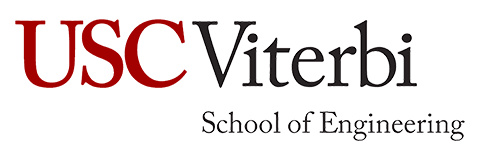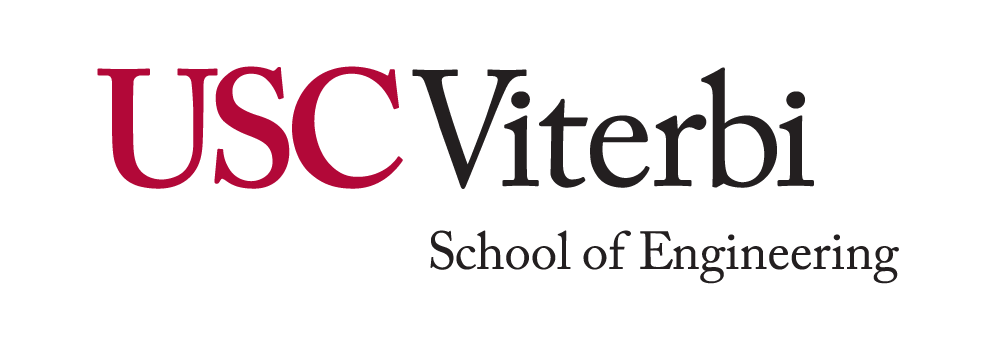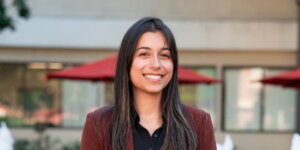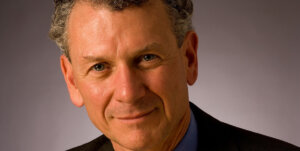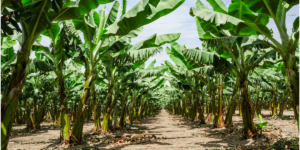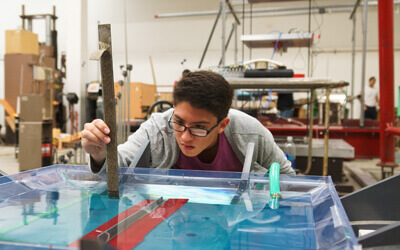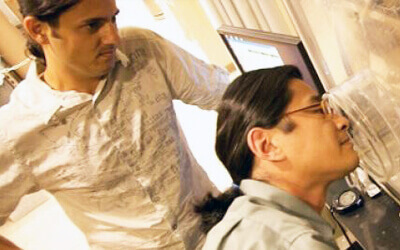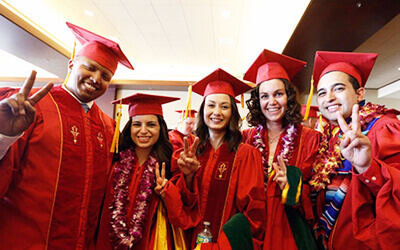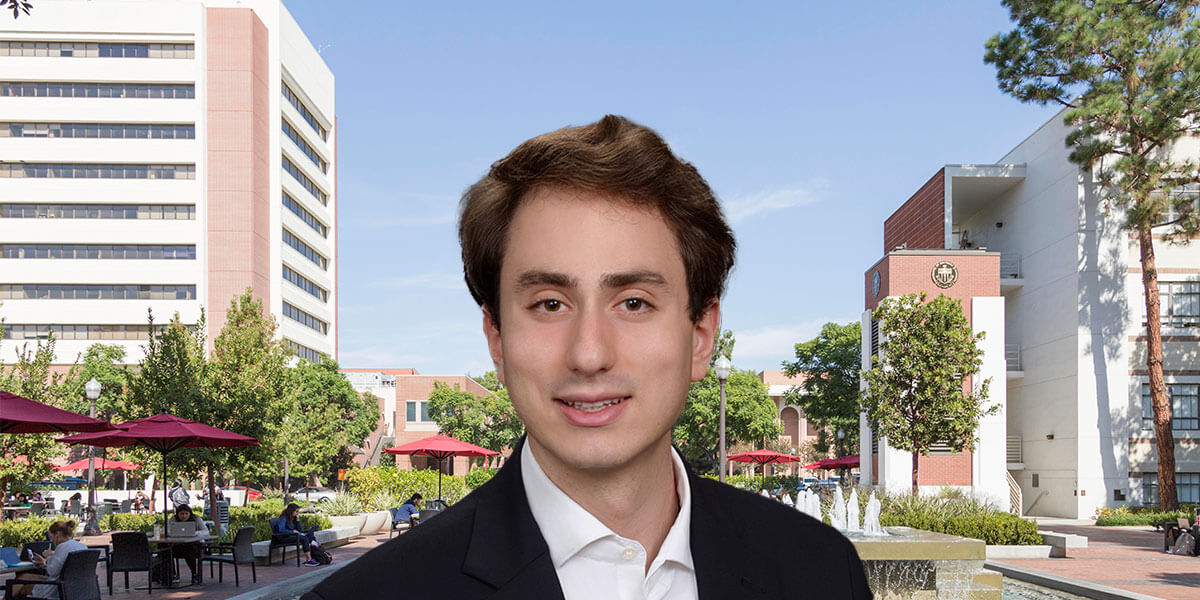
Oliver Khan (BS ’25)
What inspired you to study engineering at USC?
Since childhood, I’ve been fascinated by mechanical devices – airplanes, ocean liners, and ski lifts. In high school, I also developed a strong interest in math. Engineering felt like the perfect way to apply mathematical principles to improve modes of transportation, especially aircraft.
I chose USC because of its emphasis on multidisciplinary education. As someone interested in aerospace engineering and history, I was excited by the opportunity to take classes across various departments. I also appreciated USC’s small class sizes, which I knew would help me build strong relationships with both peers and professors.
As you approach commencement, what do you consider to be some of your most significant academic achievements?
During my freshman and sophomore years, I had amazing math professors who encouraged me to explore advanced topics like real analysis and partial differential equations. I’m proud to have built a solid foundation in mathematics, which has enabled me to understand and apply data-driven techniques in fluid dynamics research.
I’m also proud of building a diverse research network inside and outside USC. I’ve really enjoyed my work with PhD students at USC’s Dryden Wind Tunnel, and I’ve independently initiated research projects with teams at Sandia National Laboratories and ETH Zurich. The brilliant people I’ve worked with have inspired me to continue pursuing research and apply to PhD programs.
Tell us about the research you’ve worked on?
Since my freshman year, I’ve contributed to multiple projects at USC’s Dryden Wind Tunnel focused on improving lift and drag around airfoils at low speeds. This experience deeply impacted me because it introduced me to the wide-ranging aspects of fluid dynamics research.
Early on, I helped set up experiments using oil, dye, and lasers to visualize flow patterns. More recently, I’ve written code to simulate airflow around airfoils and assess the stability of laminar flows, determining when they transition to turbulence. These experiences taught me how hands-on experiments, mathematical theory, and computational simulations come together to solve complex aerodynamic challenges.
Have you been involved in any extracurricular activities during your studies?
For the past four years, I’ve served as the sole editor of Outstanding Academic Papers by Students (OAPS), a student-run publication in the writing department. This role gave me the chance to read thoughtful essays from students in a wide range of majors – from business to psychology to history – and to interact with them at the Undergraduate Writers’ Conference each April.
While not a formal club, I’ve also enjoyed visiting Cicada Restaurant in downtown LA with a group of fellow students to listen to music from the 1940s and ’50s. Even with the demands of engineering, I’ve made a conscious effort to stay connected to my interests in music, history and vintage musical traditions.
Who have you particularly enjoyed working with at USC?
It’s been an honor to work with Professor Geoffrey Spedding at the Dryden Wind Tunnel. He introduced me to fluid dynamics research after I took his Introduction to Aerospace Engineering class, and he continues to be an incredibly knowledgeable and supportive mentor.
I also enjoyed collaborating with my senior project team – Nico Kinkade, Andrew Vallance, Josh Yoon, and our faculty advisor Professor Emma Singer. We designed an apparatus called the “merry-go-round” to measure the propulsive efficiency of flexible flapping wings. By observing how fast the wings propelled themselves along a circular path, we could evaluate their efficiency. By December, we found promising evidence that more flexible wings could enhance propulsive efficiency compared to more rigid ones.
What’s your best piece of advice for other students?
Genuinely engage with your classes and seek out professors whose work interests you. USC offers a wealth of knowledge and opportunities for mentorship – if you take the initiative to explore them.
What’s next after graduation?
In Fall 2025, I’ll begin a PhD in Mechanical Engineering at Stanford University specializing in fluid mechanics and turbulence.
Since childhood, I’ve dreamed of making supersonic air travel a reality again. My goal is to apply advances in turbulence research to help make commercial supersonic airplanes more practical and sustainable.
Published on May 12th, 2025
Last updated on May 12th, 2025
